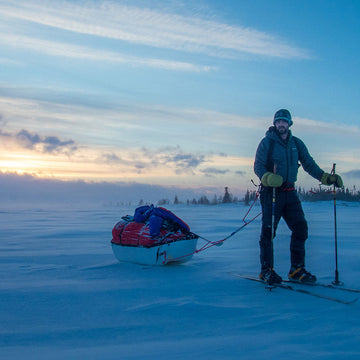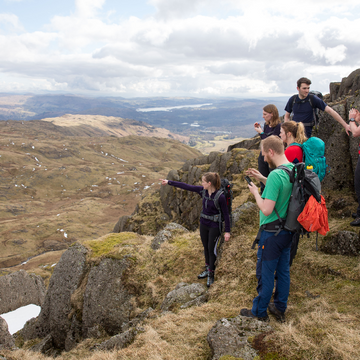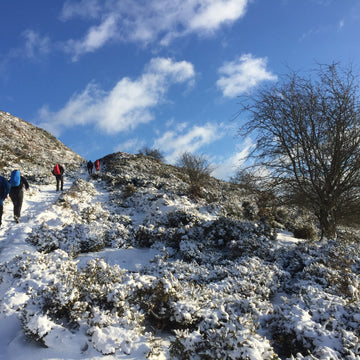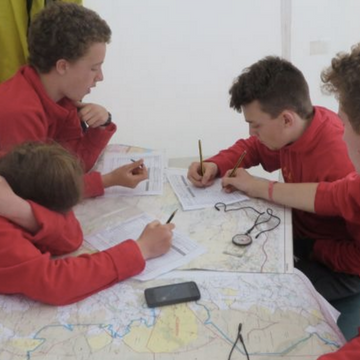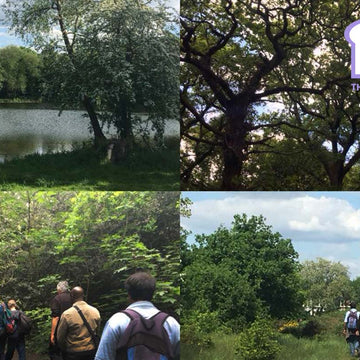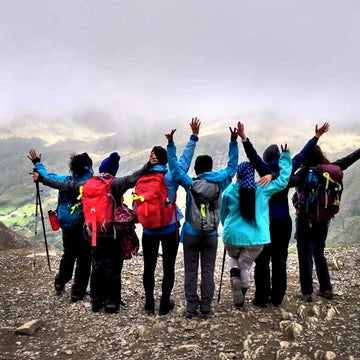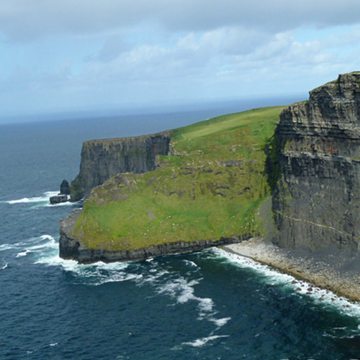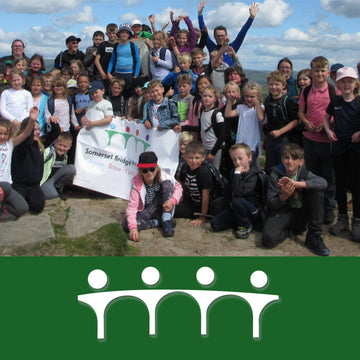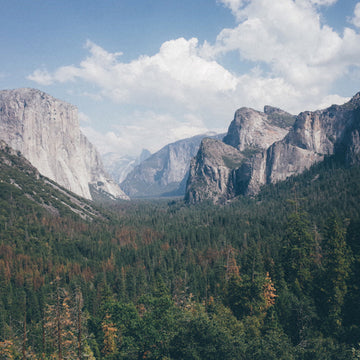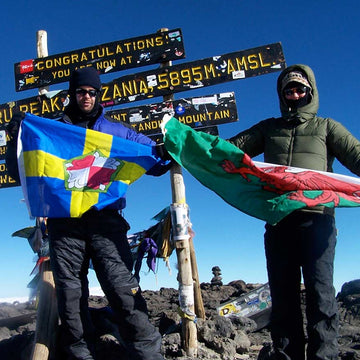
A journey through adventure, sharing tales of daring and discovery.
The bulk of Braeriach is immense. Apart from Ben Nevis, its only possible rival, the Cairngorms’ second-highest hill has no British equal in terms of complexity or majesty. Its name, translated into English as ‘the brindled upland’, understates its character significantly.
There may be other hills in Scotland that are, arguably, more photogenic upon first glance: An Teallach, Liathach, Suilven, Ladhar Bheinn, Bidean nam Bian. All these peaks, with their airy ridges and pointed summits which tear holes in the sky, take the breath away. From many angles Braeriach lacks the steep upwards projection that draws so many photographers to the West Coast in search of the perfect calendar shot. It has a languid, torpid majesty which contrasts starkly to those farther west, ones that seem to huddle close to their neighbours as though fearing their own solitude. Braeriach’s various minor tops lean back and stretch, rather than stand upright like a phalanx of granite sentinels.
From no matter which angle one gazes upon the slopes of Braeriach, the eye can never settle. It is drawn here and there by a cliff or gully, lochan or snowbed. Its summit, some 4,251 feet above the sea, lies just a few yards from the shattered granite cliffs of Coire Bhrochain, which themselves fall away for over 1,000 feet. Depending on how one counts them, Braeriach has another twelve corries to go with Bhrochain. No single British hill, not even the huge primeval edifice of the nearby Beinn a’ Bhuird, can compare
Each one of these thirteen glacial gouges in the hill possesses its own character. Though two may sit adjacent to each other, separated only by a wall of granite, they will be utterly different. Take, by way of example, the magnificent Coire an Lochain. Walk in April by the loch that sits in its bosom and you will be transported to within the Arctic Circle in early summer. In this corrie, winter does not give up easily. As spring’s warmth heats the water of the loch, the ice sheet – which covers it for at least five months of the year – starts to reduce in mass. Large ice floes form as the sheet breaks up, and it takes only a little mental embellishment to imagine a hungry polar bear standing atop them, licking its lips as it waits for an unsuspecting seal to surface for air. The cliffs above the loch hold snow late into the year, easily visible from the town of Avie more, miles to the north.
Coire an Lochain has two neighbours to the east: Coire Ruadh and Coire Beanaidh. Though both, maybe, lack the grandeur and beauty of Coire an Lochain, the streams that issue from them combine to form a watercourse, the Beannaidh Beag, that can be as fierce and beautiful a barrier to a snow-patch observer as any high cliff. In full spate, just as it enters the larger Am Beannaidh river, the ford across it is insuperable. I recall some years ago having to adjust my plans of a sortie to the long lying snows of Braeriach on account of the foaming torrent being a one way ticket to a certain early grave. Granite boulders weighing a third of a tonne had been gouged from the riverbed by the storm and tossed to the side. Had I gone there just a few days earlier I’d have been able to ford the river without bothering to remove my boots. Such are the vagaries of the Cairngorms’ weather systems.
High above the Beannaidh Beag’s ford, Braeriach’s huge and open plateau stretches for miles. It is not so much a typical Scottish summit but, rather, an Arctic-like desert where only the hardiest plants can get a toehold and the doughtiest animals inhabit. Loose gravel, broken down by many thousands of years of weathering, lies haphazardly among the larger rocks that nature has not yet crushed. Skin-flailing winds are commonplace. But, for all its bare harshness, the plateau has its own beauty.
On a March day a few years ago, I zigzagged on skis 2,000 feet up a gully from Glen Eanaich on to the plateau, only to be met by thick and heavy cloud. Snow cover on the plateau ran complete, but flat light made the going difficult and hard to read. Care was required near the eastern rim, where multiple corries yawned and bit deeply into the hill. On terrain such as this many people have paid for misnavigation with their lives. When one cannot differentiate between ground and sky, walking over the edge of a cliff is not an unheard-of occurrence. Suddenly, and without warning, a strong wind blew and catapulted the thick mist clear, revealing that I was nearer the edge than I reckoned, though far enough away for it not to concern me. Lying to the south-east, across a vast opening and expanse of cliffs and cloud, loomed the unforgettable vision of Sgòr an Lochain Uaine and Cairn Toul, two 4,000-foot hills that adjoin the Braeriach massif. Spindrift whipped upwards from their summits like spiralling ghosts, twisting to the music of the gale. Smoke like wispy cloud was thrown over the edges of cliffs at high speed. A memorable ski tour around the three high hills followed, with no other soul in sight. The ski descent back down to the glen floor, on deep and uniform spring snow, was the best I had experienced in my short skiing career.
Nearby, and lying buried under deep snow that same day, were the plateau’s best-known curiosities: the Wells of Dee. These springs are unique in Britain. From an unknowable source, deep within the rock, various small spouts emerge within a few hundred yards of each other, then conjoin and begin their journey to the sea at Aberdeen, many miles distant. The immediate landscape around each individual spring is a sea of colour as the water issues from the ground. The primitive mosses and liverworts that nestle down in the small hollows depend on this unfailing supply for nourishment. Few other plants could survive at such an altitude and in such difficult conditions. It is the highest source of any watercourse in the British Isles, well above 4,000 feet.
After these individual strands of the infant Dee have fused together, the young – but already impressively sized – river then must find an exit from the plateau, which it does, suddenly, by tumbling as a waterfall over cliffs and into Garbh Choire Dhè – the rough corrie of the Dee. This beautiful cataract, known as the Falls of Dee, is invisible in winter, buried under untold amounts of snow. Not until late spring does the water show itself, punching a hole through the sugary, receding April snow.
After it regains its form and exits Garbh Choire Dhè, the nascent Dee flows into the very heart of Braeriach’s greatest corrie: An Garbh Choire – Seton Gordon’s Garrachory. Its meaning in Gaelic is simple: ‘the rough corrie’. Many such corries across the Highlands are called Garbh Choire, but only this one gets the article – An Garbh Choire. It is the rough corrie, not just any rough corrie.
The sheer scale of this place is difficult to describe satisfactorily. Even when a walker is in its proximity in clear weather – a relatively rare occurrence – the cliffs guarding each smaller, subsidiary corrie that run off it constrain the full panorama. The summit of Ben Macdui, on the other side of the huge glacial pass of the Lairig Ghru, allows the walker to grasp the full enormity of the Garrachory.
This is an extract from 'The Vanishing Ice' by Iain Cameron. To see more books we love and books that caught our eye, check out our bookshelf.

![Definition [Mens]](http://us.alpkit.com/cdn/shop/files/Definition-men-2.jpg?v=1764356982&width=768)

![Definition [Womens]](http://us.alpkit.com/cdn/shop/files/Definition-women-3.jpg?v=1764357034&width=768)
![Balance [Mens]](http://us.alpkit.com/cdn/shop/files/balance-mens-2025-reef.jpg?v=1765566129&width=768)
![Balance [Mens]](http://us.alpkit.com/cdn/shop/files/Balance-mens-2.jpg?v=1765566129&width=768)
![Balance [Womens]](http://us.alpkit.com/cdn/shop/files/balance-womens-2025-black.jpg?v=1765566193&width=768)
![Balance [Womens]](http://us.alpkit.com/cdn/shop/files/Balance-womens-3.jpg?v=1765566193&width=768)
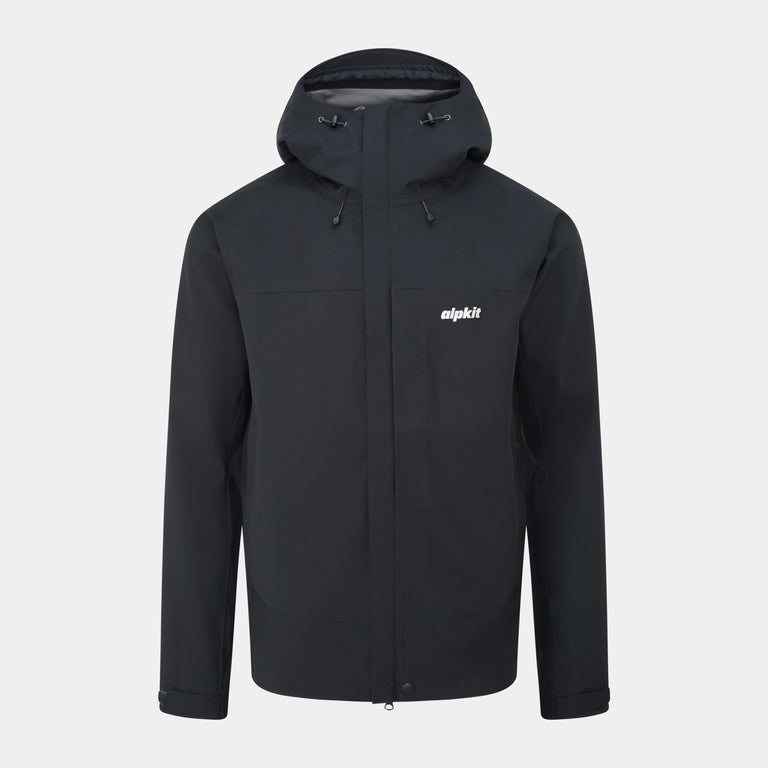
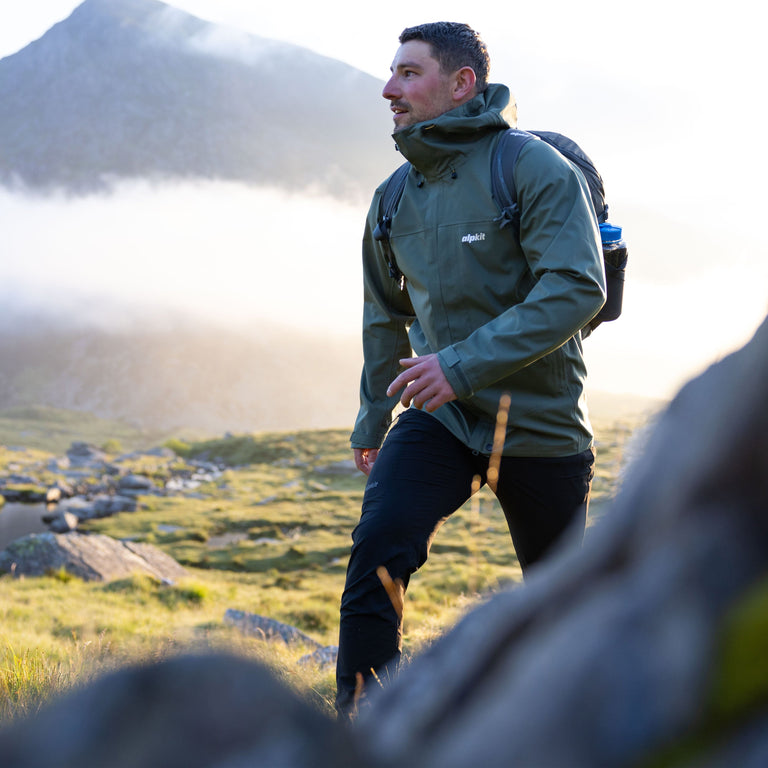
![Fortitude [Womens]](http://us.alpkit.com/cdn/shop/files/fortitude-womens-2025-alder.jpg?v=1764270023&width=768)



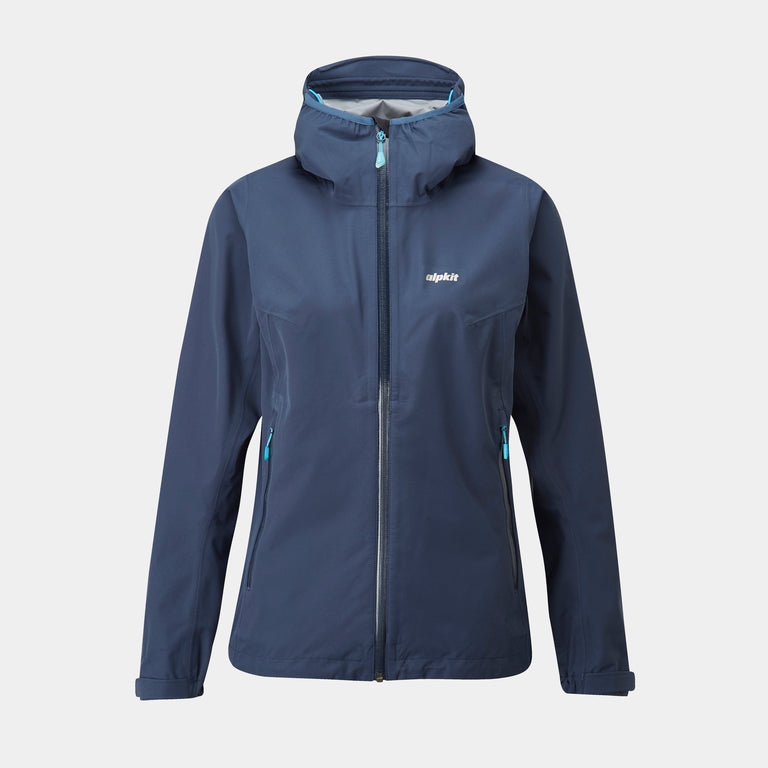
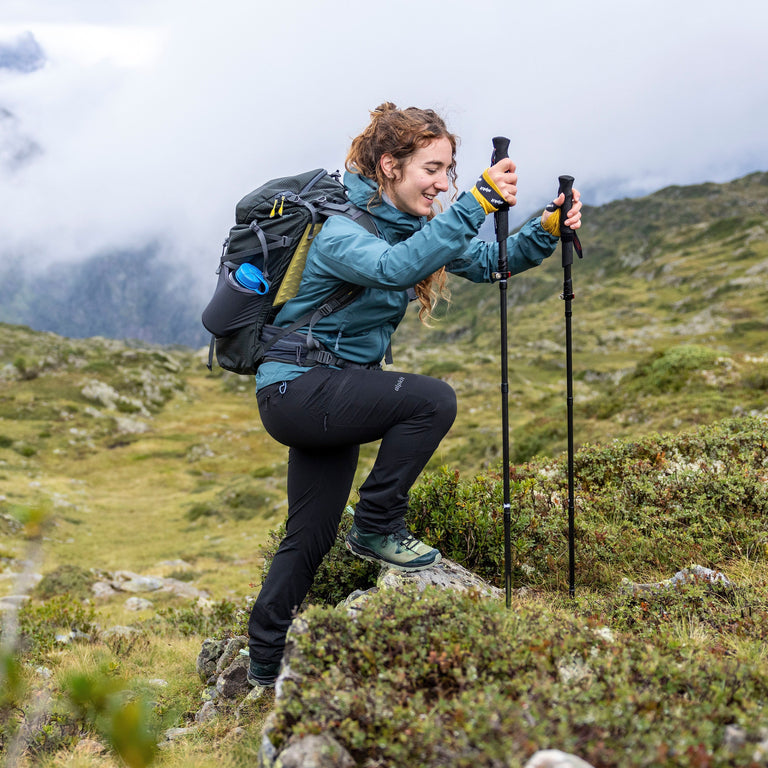




![Gravitas [Mens]](http://us.alpkit.com/cdn/shop/files/mens-gravitas-2025-chilli.jpg?v=1765566103&width=768)
![Gravitas [Mens]](http://us.alpkit.com/cdn/shop/files/gravitas-location-1-RETOUCH.jpg?v=1765566103&width=768)
![Gravitas [Womens]](http://us.alpkit.com/cdn/shop/files/womens-gravitas-reef_2d13b155-8b33-426c-b830-bc1af1ad56df.jpg?v=1764270047&width=768)


